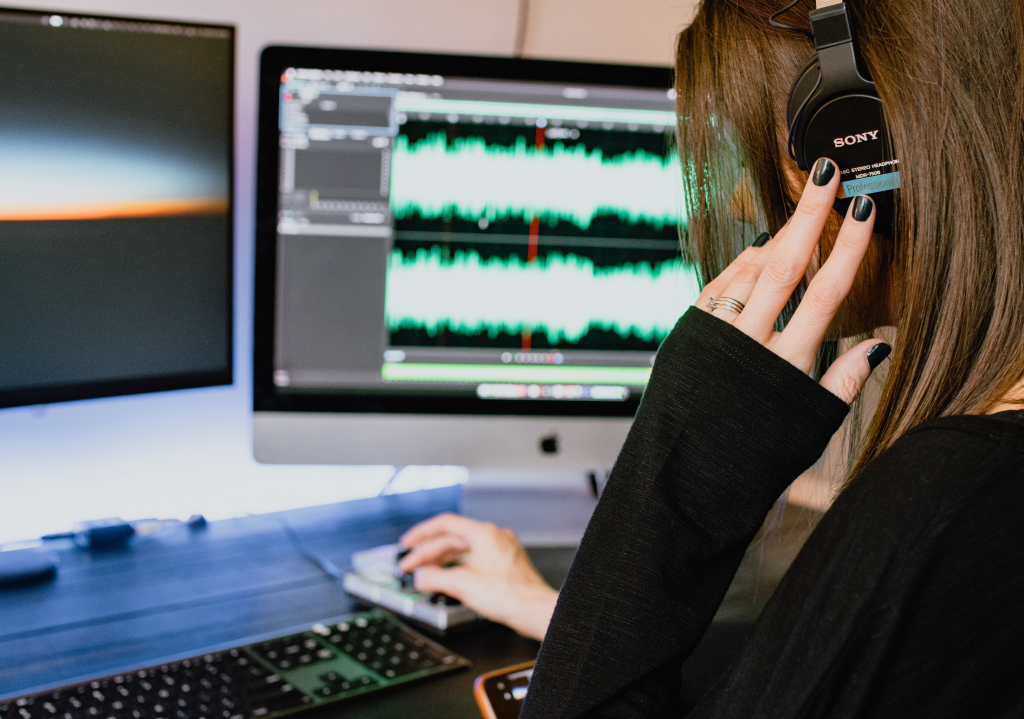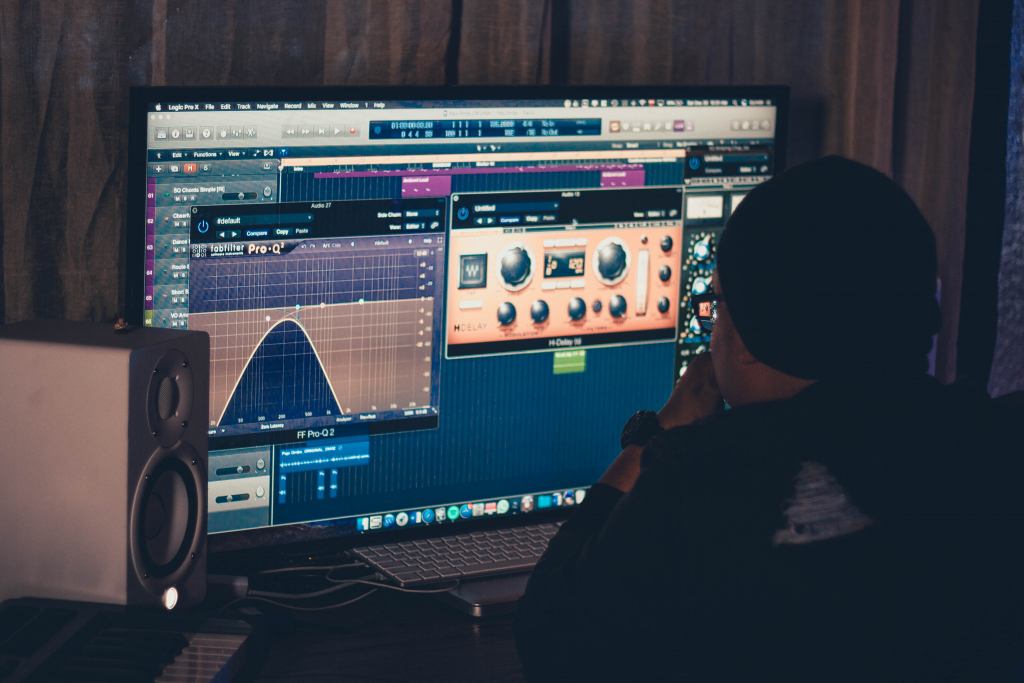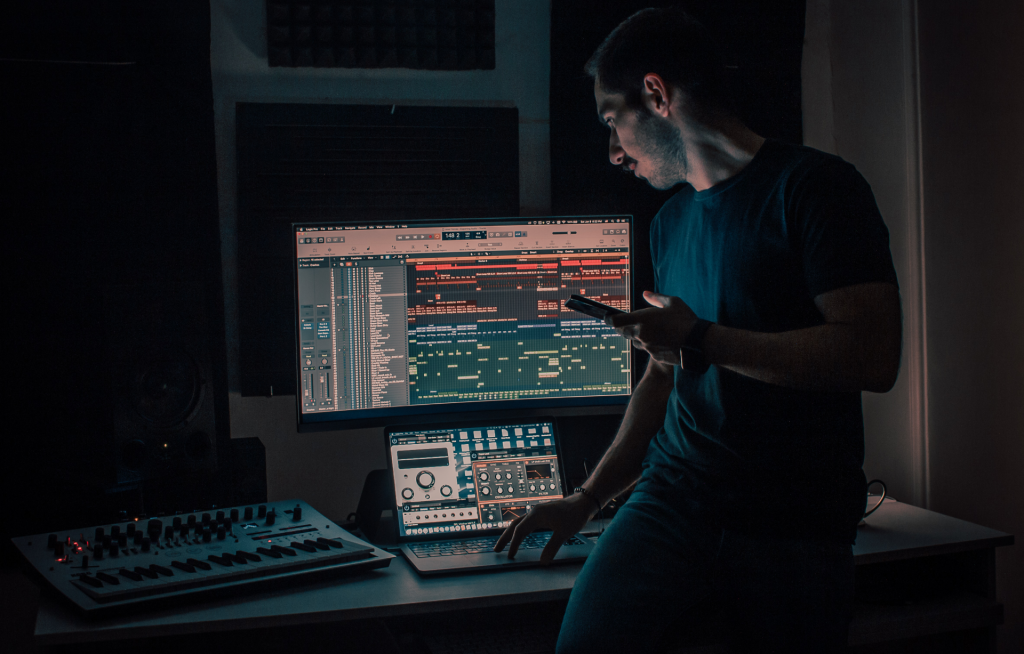In today’s post, we’re going to discuss 5 very common mistakes that producers usually make in their mixes when they’re first starting out, so you can understand why it’s important to avoid them and how to do it.
All of these mistakes are somehow related to psychoacoustics, the science that looks into the way our brain interprets the physical properties of sound. This field of knowledge is very useful not only for mixing down projects, but also for making music in general, so we encourage you to explore it and get an understanding of it.
For now though, let’s just focus on what these mistakes are and how to avoid them.
1. Not using reference tracks

Some people often don’t use reference tracks when mixing out of a mistaken fear of not sounding unique, when in reality all the best producers and mixing engineers take a look at reference tracks to find the right balance for their own mixes. It’s always advisable to have a bunch of tracks which not only sound great, but also are similar in terms of style and elements so we can effectively compare our work to them.
The reasons are simple: when we’ve been working for a long time on a project, our ears and brain typically get used to all the problems and issues our mix might have.
So when using reference tracks from producers or engineers that we like and we know they sound great, it’s easier to figure out what our project is lacking to get it where we want it to be sonically.
We don’t necessarily have to replicate them, but instead use them as a guide to know if the elements of our own project are well-balanced, whether we have too much bass or treble, if the instruments are properly spaced out or if the stereo image of our project is wide enough.
In conclusion, using reference tracks won’t keep you from having your signature sound, but will actually help you find it since you can be comparing your work to them and deciding how similar or different you want your mixes to sound.
2. Mixing at loud levels

When we crank up the volume everything seems to sound much better: the bass hits harder, our instruments are bigger… or so our brain tells us. These psychoacoustic phenomenons alter our perception and make us think our mix sounds better than it actually does. Thankfully, the solution to this problem is as simple as its cause: turn the volume down.
When mixing down a project, it is highly recommended to keep the volume at a conversation level, as this will help us to identify unbalance between frequencies or instruments, unwanted differences in dynamics, or masking problems.
On top of that, loud volume levels make things worse when it comes to listening fatigue, so you will get tired faster and make worse decisions regarding your mix.
3. Mixing in ‘solo’

This is undoubtedly one of the most common mistakes. When we are mixing, our goal is to make our whole piece of music to sound as good as we can. Why then do we listen, process and make decisions when listening to a track in ‘solo’? If we carefully think about it, it comes up as an obvious mistake, but still a lot of us fall into it. It’s just so easy to focus on our bass, mute everything else and try to get that bite and fatness out of it.. just to realise that it doesn’t really fit in the mix when we bring everything else back together.
When you tweak your EQ, faders, compressors, make sure you are listening in context, so all the decisions you make are pushing in the same direction, not to improve a certain sound by itself, but to boost the overall result.
4. Putting in too much reverb

Mixing in environments with little or no acoustic treatment is usually the main reason for this problem, since untreated rooms have their own reverb on top of the ones we are applying on our project, making it really difficult to decide how much and what kind of reverb we must use. This results in washed-out tracks with no clarity, or on the other end, dry mixes with no depth.
One simple way to avoid this problem – and many others – is to listen to our mix in as many different sound systems as we have access to before we consider it finished. Everything works here: regular headphones, bluetooth speakers, car systems, laptops, and if you can afford it, a second pair of monitor speakers or professional headphones. The point is to check out how your mix translates to different systems, so we can compare the reverb levels and see if we are abusing the effect.
It’s important to note here that we tend to use too much reverb when we are working on monitor speakers but not enough of it when we are on headphones, due to the acoustic properties of each environment, so take this in consideration so you won’t overdo it.
5. Not looking for phase problems

Phase problems are one of the most extended issues when mixing, and also some of the hardest to detect if we are not actively looking for them.
Multi-mic recordings, stereo processing, layering or multi-band treatments can all be the reason for these unwanted issues. What’s important is having ways to find them and fix them.
Using specific software such as Waves’ PAZ Analyzer or Voxengo’s PHA-979 in order to detect these issues on different instruments or frequency bands is a good starting point, as it is to listen to our mixes in mono looking for phase cancellations, which we can notice when some elements or frequencies disappear when in mono.
Furthermore, when layering sounds, using tools that allow us to invert phase of each layer – such as Ableton’s Utility or Logic’s Gain plugins, will reveal phase problems between them. What we can do here is to compare the resulting sound of the layered mix when we invert their phase, one at a time. If we can hear a difference, then we just need to go with the version that sounds better to us, as that will most-probably be the one with less phase issues.
Phase problems can be really tricky, so we encourage you to learn, practice and actively listen for these kinds of issues in order to get faster in finding and fixing them.
➡️Did you find these tips useful? Tell us in the comments!






 50 Industry Music Production Tips You Must Know
50 Industry Music Production Tips You Must Know




